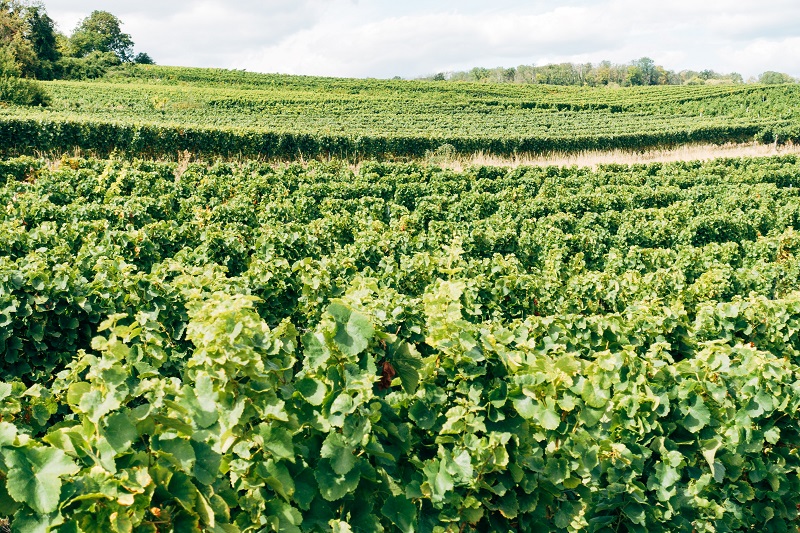$10 Million Grant To Help the U.S. Double Its Acreage of Cover Crops by 2030
A new $10 million grant project from USDA’s National Institute of Food and Agriculture (NIFA) is in motion to support farmers and improve agriculture practices during severe weather and a warming climate. The project aims to help double the acreage of cover crops in the U.S. to 40 million acres by 2030.
Rob Myers, Director of University of Missouri’s Center for Regenerative Agriculture, is leading the project’s efforts. Cover crops help reduce soil erosion, improve soil health, smother weeds, control pests and diseases, and improve biodiversity.
“It was really pivotal to get this funding because one of the biggest factors that could limit future growth in acres of cover crops is having an adequate seed supply,” Myers says. “We also really need improved varieties that are well-adapted to different regions, soil types and cropping systems, so that farmers can get maximum benefit from the cover crops they are using.”
The project involves collaboration among 14 University of Missouri faculty, 38 scientists from across the country, 17 states, 12 universities, three seed companies, the American Seed Trade Association, three USDA Agricultural Research Service locations, and three USDA Natural Resources Conservation Service Plant Materials Centers.
Along with doubling the seed production for cover crops and distributing them to farmers nationwide, Myers’ team will educate farmers about new varieties of cover crops and examine which types are best suited for different regions of the country, depending on geography, weather conditions, and types of soil.
The $10 million grant for the cover crops project is the largest award MU has earned from NIFA.









